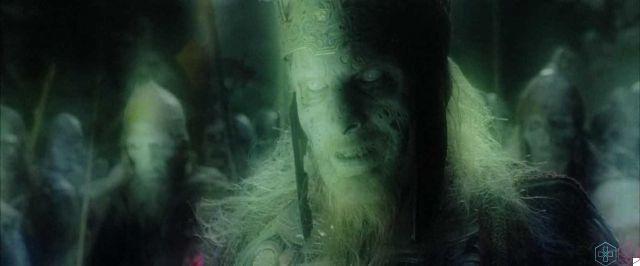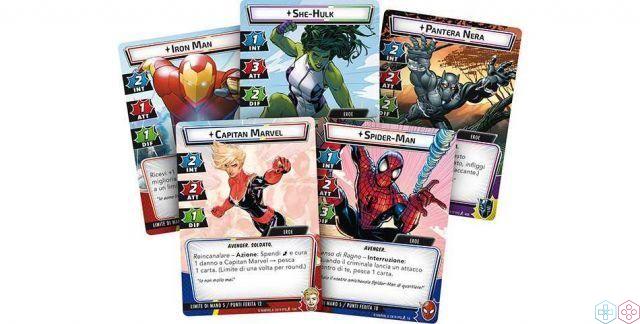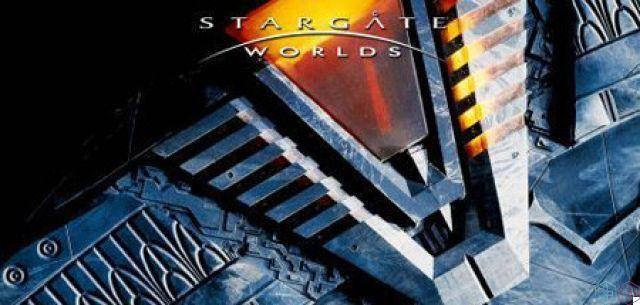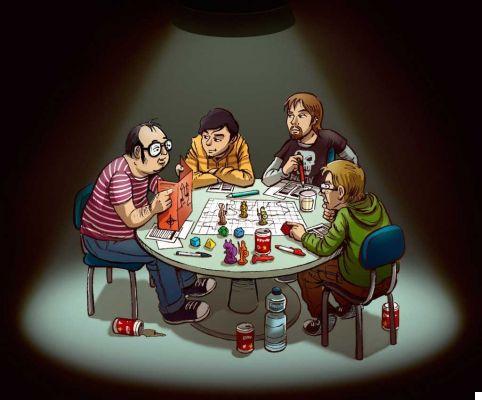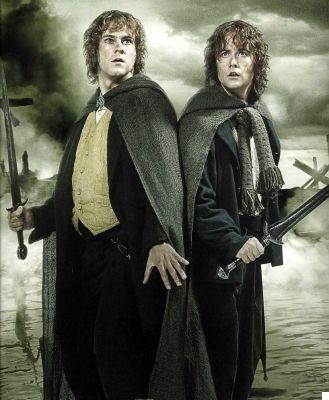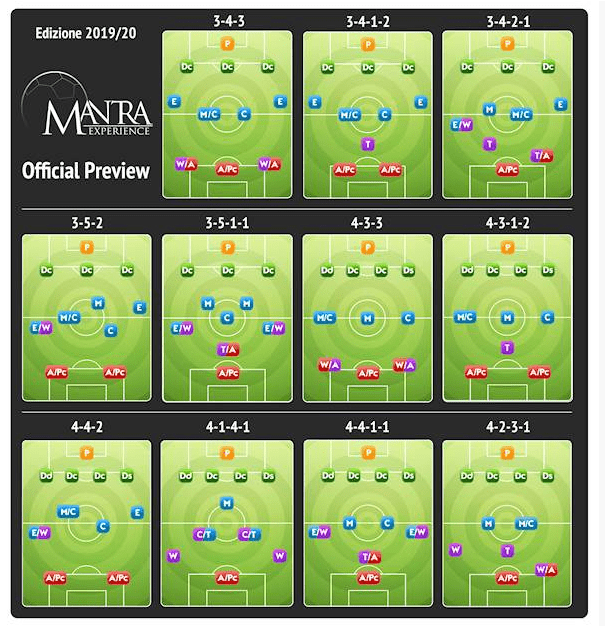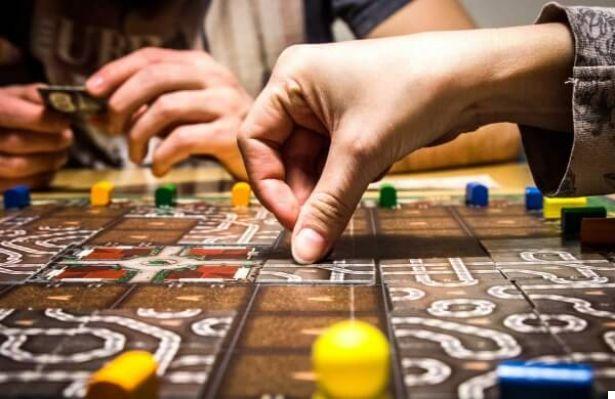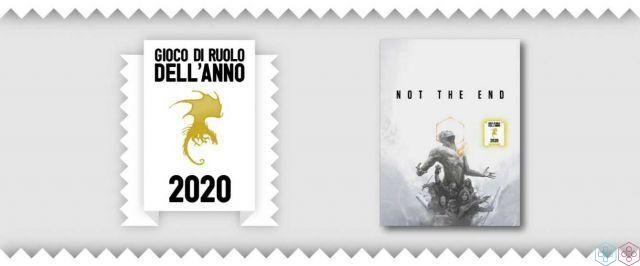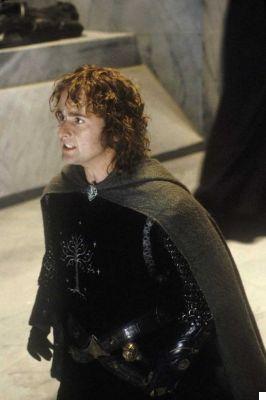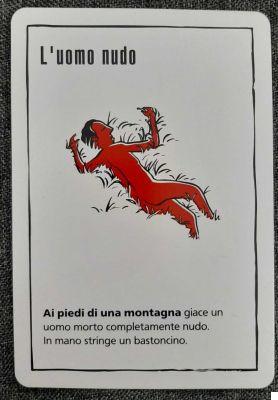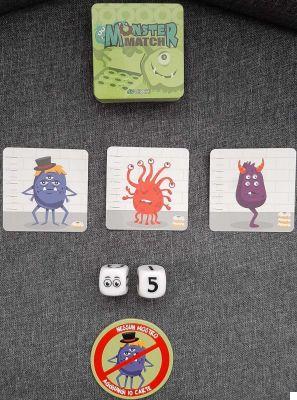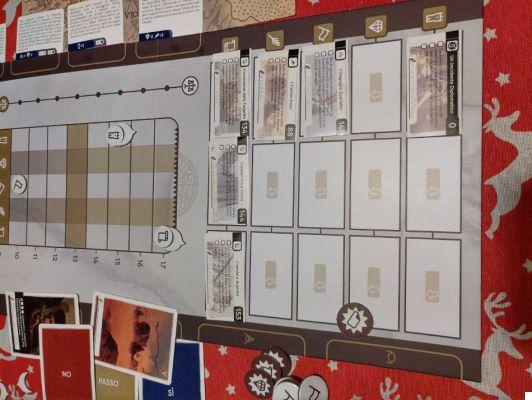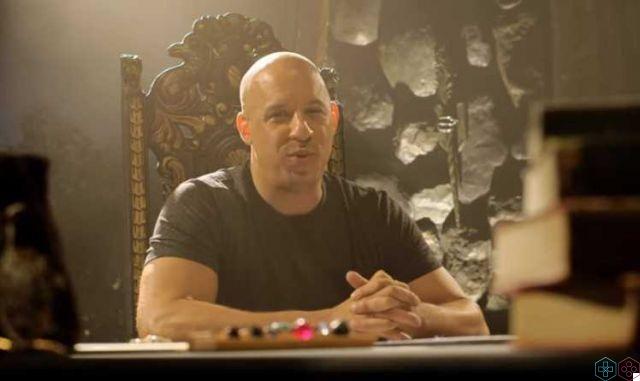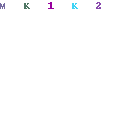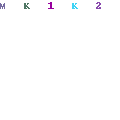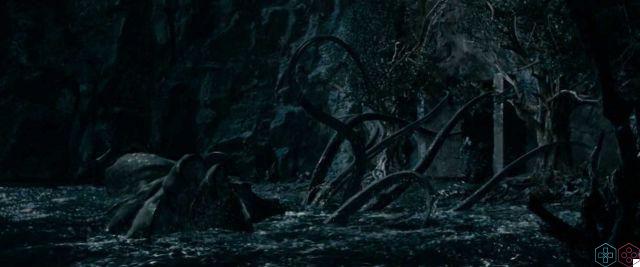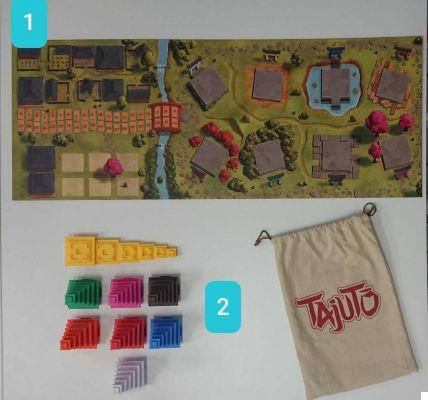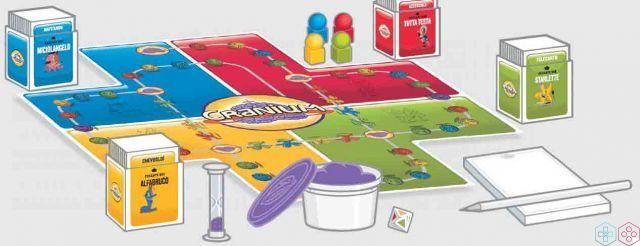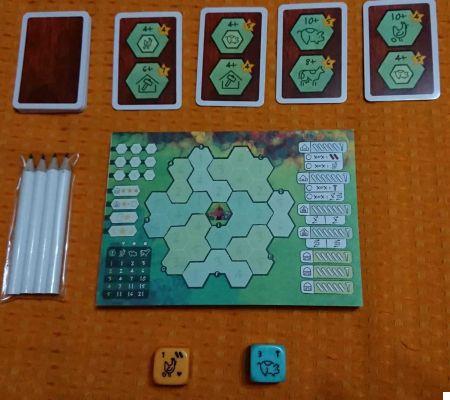Do you have strategy in your blood and want to test it? The guide to abstract board games is for you, with Quarto! Quoridor and Terxo!
Welcome and welcome to the first date of our board games guide!
Abstract board games? That is, by imagination? None of this. A board game is abstract if it does not emulate any real situation (like Monopoli or TorinoXXL!); if it is not a themed game, especially for children; nor a quiz game (Indomimando, Trivial Pursuit…).
The classic abstract board games are checkers, chess, go and others: they allude to war, but the basis is pure logic, mathematics and strategy.
In recent years, other abstract games have been created - today we present you Room!, Quoridor e Terxo.
Fourth! | Guide to abstract board games
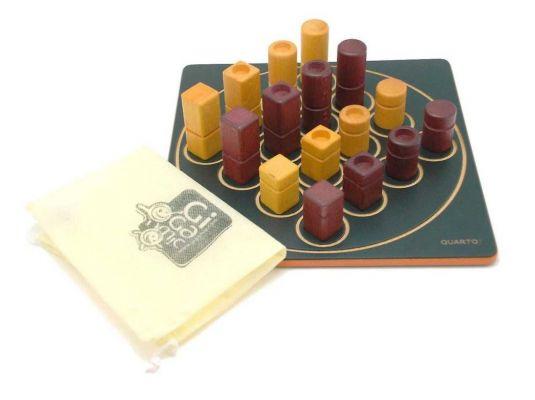
The abstract board games guide starts with Quarto !, proposed in 1991 by Swiss mathematician Blaise Muller. Fourth! is today one of the most famous abstract positioning games of the last century.
Components
- a round wooden board of 4 × 4 round boxes;
- 16 wooden pieces all different, each of them characterized by being:
- high or low;
- black or White;
- square or roundabout;
- piece or full.
Challenge
The game involves the presence of only two challengers. There are no property counters. The set up is immediate. At each turn, a challenger places a pawn chosen by the other challenger in any empty space. L'obiettivo is to place four pawns with a common feature in a horizontal, vertical or diagonal row. Other variations allow you to make a fourth even by placing four in a square.
Technical features
- Author: Blaise Muller, Switzerland;
- Year: 1991;
- Produced by: Gigamic (France), Oliphante (Spain);
- Number of players: 2;
- Duration: 5 minutes;
- Random: absent;
- Portability: low, boards and pieces are quite large, but mini versions exist;
- Price: about € 30.
Quoridor | Guide to abstract board games
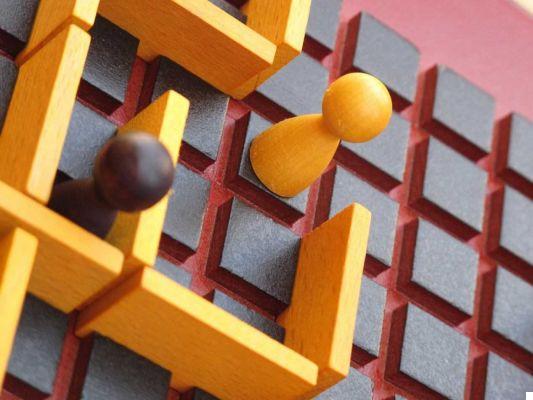
The abstract board games guide continues in 1995, when Mirko Marchesi published Pinko Pallino, which was then acquired by the French Gigamic and published in 1997 with the name Quoridor and some slight differences.
Components
The game consists of:
- a square wooden board, of 9 squares on each side, with grooves between the squares;
- a total of 20 wooden panels, the walls, as wide as two boxes and which can be inserted into the grooves;
- four wooden pawns of different colors.
Challenge
Each player places his pawn in the central square of his side and receives an equal number of walls: in a two-wall challenge, 10 walls; in a four, 5 wall challenge. L'obiettivo is to bring your own piece to any square on the opposite side.
At each turn the player or player can perform only one action between:
- move your piece of a step horizontally or vertically on the board;
- to insert a wall in a groove.
A wall blocks the passage of a pawn, which cannot cross it. It is forbidden to "close" a pawn, preventing it in some way from reaching the goal, a path must always be allowed. When a player or female player has no more walls to set up, all she can do is move the pawn.
Technical features
- Author: Mirko Marchesi, Spain;
- Year: 1995, released since 1997;
- Produced by: Gigamic (France);
- Number of players: 2-4;
- Duration: 15-20 minutes;
- Random: absent;
- Portability: low, the board is large;
- Price: about € 34,50.
Terxo | Guide to abstract board games
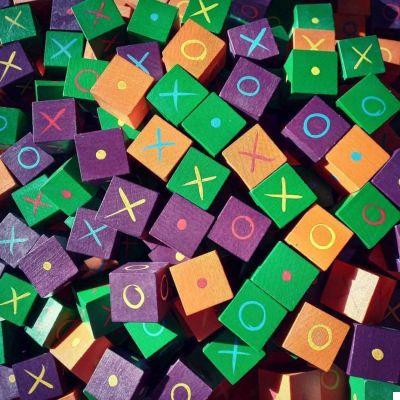
The guide to abstract board games ends at the end 2016, the year of Terxo's first idea, a 3D extension of Tris (also an abstract game) by Simone Pagaoni.
Components
The game consists of a bag containing 27 wooden cubes, each characterized by a color (purple, orange, green), a symbol (X, O and •) and a symbol color (blue, yellow, red).
Challenge
At each turn, each player places a cube - chosen by the previous player - adjacent to at least one other cube, in the position they prefer. You cannot exceed three cubes far, wide or high (in the end it will result in a cube of 3 cubes per side). Whenever a challenger creates a set of three or three cubes of the same color, the one from the tre cubes with the same symbol, the one from the tre symbols of the same color, score a point. At the end of the cubes, the participant who has accumulated the most points, wins the game.
Technical features
- Author: Simone Pagaoni, Spain;
- Year: 2017;
- Produced by: self-produced;
- Number of players: 2-4;
- Duration: 15-20 minutes;
- Random: absent;
Price: n. d.
Impressions | Guide to abstract board games
Personally I have always loved abstract games because they require little material and a lot of strategy. The rules are understandable to everyone and easily explained, only to have a practically infinite number of games in the same game.
Fourth! and Quoridor, in particular, are aesthetically pleasing games, made of wood, and can also be displayed as knick-knacks (I met Quarto! as well). Terxo takes up the space of a bag, so it's great as a toy to take on the go. Highly recommended!




